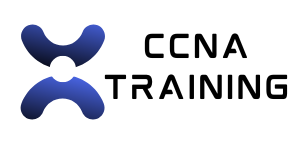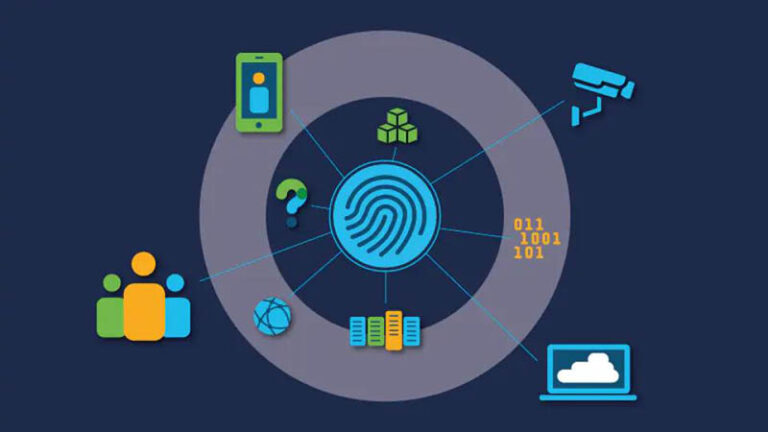Hey there, future network masters! If you have been around computers and technology, you’ve probably heard of Cisco—a company that’s basically the king of networking. Ready to dive into the world of routers, switches, and firewalls? Awesome! Let’s break it down step by step.
What is CCNA, Anyway?
First things first, CCNA stands for Cisco Certified Network Associate. It’s an entry-level certification that tells the world you’ve got the skills to manage networks. Imagine it as the first big step up the ladder in the networking field.
Step 1: Getting Your Bearings
Before jumping straight to CCNA, make sure you have a basic understanding of networking. This means knowing what IP addresses, subnets, and routers are. Think of it like learning to crawl before you walk!
Tips:
Basic Courses: Websites like Coursera, Khan Academy, and YouTube have free courses on basic networking.
Hands-On Practice: Use free tools like Cisco Packet Tracer to simulate networks.
Step 2: Earning Your CCNA
Now you’re ready for the big leagues: the CCNA certification. The exam covers a lot—everything from how networks operate to the basics of security and automation. Here’s what you need to know:
Study Materials:
Books: Get your hands on “CCNA 200-301 Official Cert Guide” by Wendell Odom.
Online Courses: Platforms like Udemy or Pluralsight offer CCNA courses.
Practice Tests: Websites like Boson offer great practice exams.
Step 3: Strengthen Your CCNA Knowledge
Before moving on to advanced certifications, ensure you have a strong grasp of CCNA concepts. The CCNA covers fundamental networking topics such as:
Routing and Switching
IP Addressing and Subnetting
Network Security Basics
Wireless Networking
Automation and Programmability
Practice these skills in real-world scenarios by setting up a home lab or using Cisco’s Packet Tracer tool. Hands-on experience will deepen your understanding and prepare you for more complex topics.
Step 4: Building Experience
Earning your CCNA certificate is like getting a license. You know how to drive, but now you need to get out on the road. Look for internships, part-time jobs, or volunteer opportunities where you can work with networks.
Tips:
Join Online Communities: Forums like Reddit, Cisco Learning Network, and Stack Exchange can help you solve real-world problems.
Build a Home Lab: Use old computers, routers, and switches to create a mini-network at home.
Step 5: Choosing Your Specialization
Cisco offers several advanced certifications that allow you to specialize in different areas of networking. After CCNA, you should decide which path best suits your interests and career goals.
Popular Cisco Certification Paths:
Enterprise Networking (CCNP Enterprise) – Ideal for those who want to focus on advanced routing, switching, and wireless technologies.
Security (CCNP Security) – A great choice for aspiring cybersecurity professionals who want to protect networks from threats.
Data Center (CCNP Data Center) – Best for those interested in large-scale data center networking and storage solutions.
Collaboration (CCNP Collaboration) – Focuses on voice, video, and unified communications.
Service Provider (CCNP Service Provider) – Designed for professionals working with large-scale ISP networks.
Step 6: Earning Your CCNP Certification
Once you’ve chosen a specialization, the next step is earning the Cisco Certified Network Professional (CCNP) certification. Unlike CCNA, CCNP requires passing a core exam plus a concentration exam in your chosen field.
CCNP Enterprise: Core Exam (ENCOR 350-401) + Concentration Exam (e.g., ENARSI for advanced routing)
CCNP Security: Core Exam (SCOR 350-701) + Concentration Exam (e.g., SVPN for VPN solutions)
CCNP Data Center: Core Exam (DCCOR 350-601) + Concentration Exam (e.g., DCACI for ACI implementation)
Step 7: Gaining Practical Experience
Theoretical knowledge is important, but hands-on experience is essential. To advance in networking, try:
Working on real networking projects at your job or through internships.
Setting up virtual labs using Cisco Packet Tracer, GNS3, or EVE-NG.
Participating in networking forums and troubleshooting real-world issues.
Attending Cisco networking events and workshops.
Step 8: Aiming for Cisco Certified Internetwork Expert (CCIE)
For those looking to reach the highest level of Cisco expertise, the Cisco Certified Internetwork Expert (CCIE) is the ultimate goal. CCIE certifications are available in different tracks, such as Enterprise, Security, and Data Center.
To earn a CCIE, you must:
Pass a written qualification exam.
Complete an intense 8-hour hands-on lab exam.
CCIEs are highly respected in the industry and are considered networking experts, often landing top-level roles like Network Architect or IT Director.
Tips:
Persistence: CCIE is tough. Be prepared for intense studying and practical labs.
Networking Events: Attend Cisco Live or local tech meet-ups. Networking is not just about computers; it’s also about people!
Step 9: Staying Updated and Keeping Learning
Networking is a constantly evolving field, and staying up to date with new technologies is crucial. Here’s how you can continue learning:
Follow Cisco’s official blog and news updates.
Take online courses on platforms like Cisco Networking Academy, Udemy, and Coursera.
Join networking communities like Cisco Learning Network, Reddit, and LinkedIn groups.
Pursue additional specializations in network automation, cloud networking, or software-defined networking (SDN).
Conclusion
Going from a CCNA newbie to a Cisco master is a journey, not a sprint. It takes time, effort, and a lot of practice. But with the right resources and determination, you’ll be navigating through complex networks like a pro in no time!
Whether you aim to become a Network Engineer, Security Specialist, or IT Architect, Cisco certifications provide a solid foundation to achieve your goals. Stay curious, keep learning, and never stop pushing your limits.
So, are you ready to take that first step toward Cisco mastery? Your journey starts now. Happy networking!















